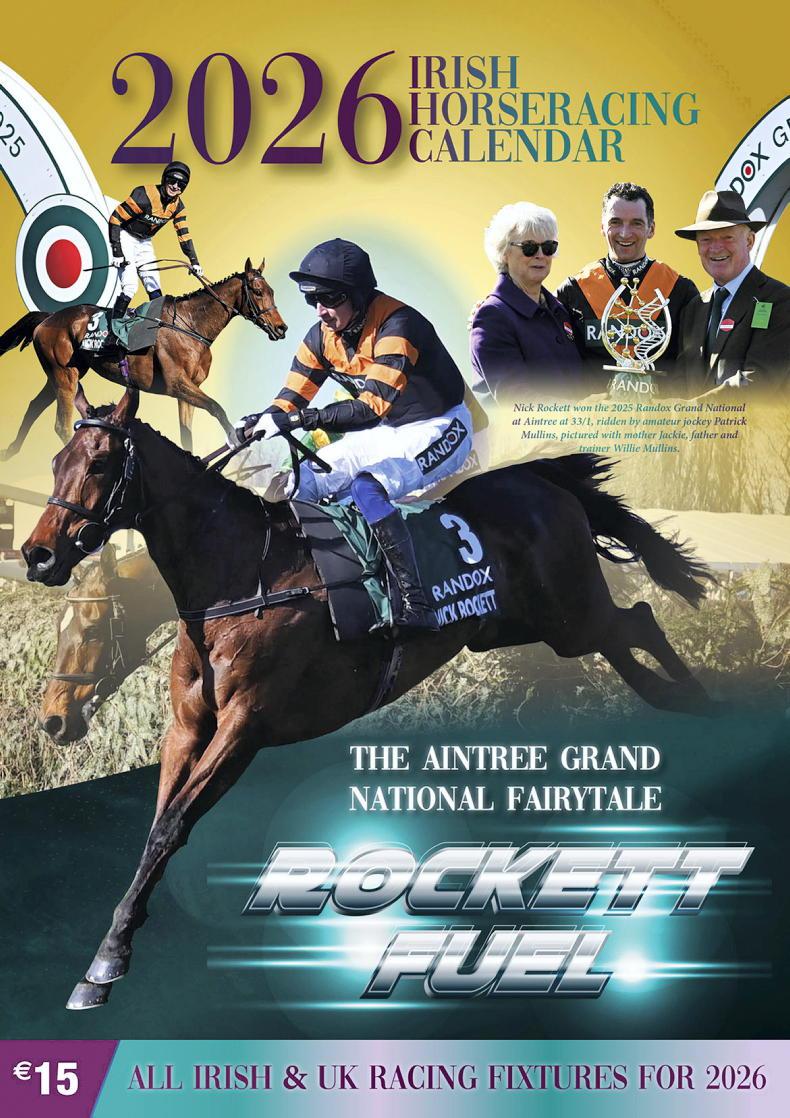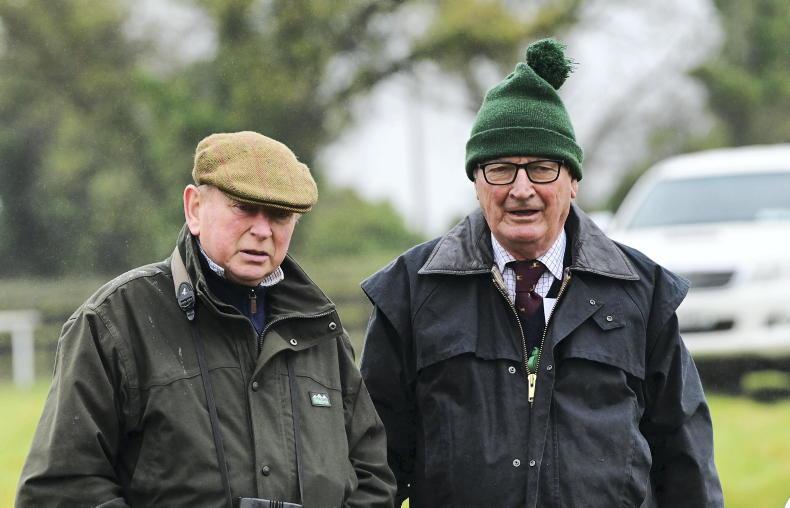The Irish Racing Calendar and form book – a mixture of bible and business planner in racing households for so long – ceased to appear in printed form from the end of 2023.
Horse Racing Ireland cite the decision to convert to digital-only is based on HRI’s duty as a semi-state organisation to reduce its carbon footprint.


 This is a subscriber-only article
This is a subscriber-only article
 It looks like you're browsing in private mode
It looks like you're browsing in private mode

















SHARING OPTIONS: